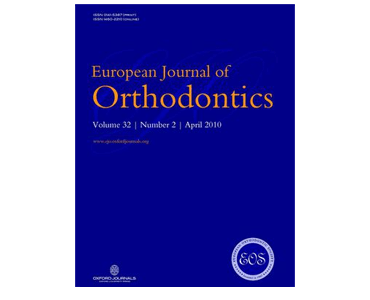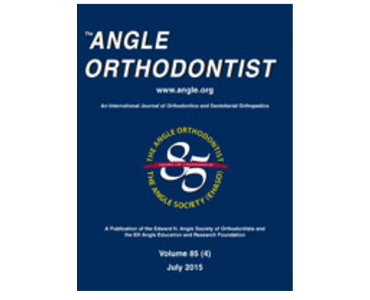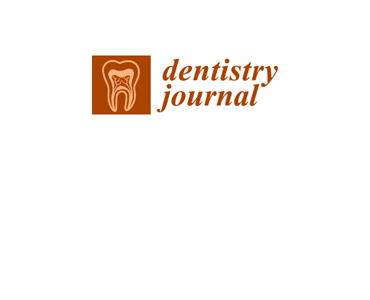Exploring the midline soft tissue surface changes from 12 to 15 years of age in three distinct country population cohorts. S Richmond, AI Zhurov, ABM Ali, P Pirttiniemi, T Heikkinen, V Harila, S Silinevica, G Jakobsone, I Urtane.
Date: November 2019. Source: European Journal of Orthodontics, https://doi.org/10.1093/ejo/cjz080. Introduction: Several studies have highlighted differences in the facial features in a White European population. Genetics appear to have a major influence on normal facial variation, and environmental factors are likely to have minor influences on face shape directly or through epigenetic mechanisms. Aim: The aim…









